In a dramatic geological event, a mountaintop collapse into the sea in Greenland unleashed a 650-foot ‘mega-tsunami’ that reverberated around the globe, causing the Earth to vibrate for nine continuous days.
This phenomenon, as tall as a skyscraper, left scientists worldwide both stunned and intensely curious about the underlying causes and mechanisms.
Impact on Remote Infrastructure
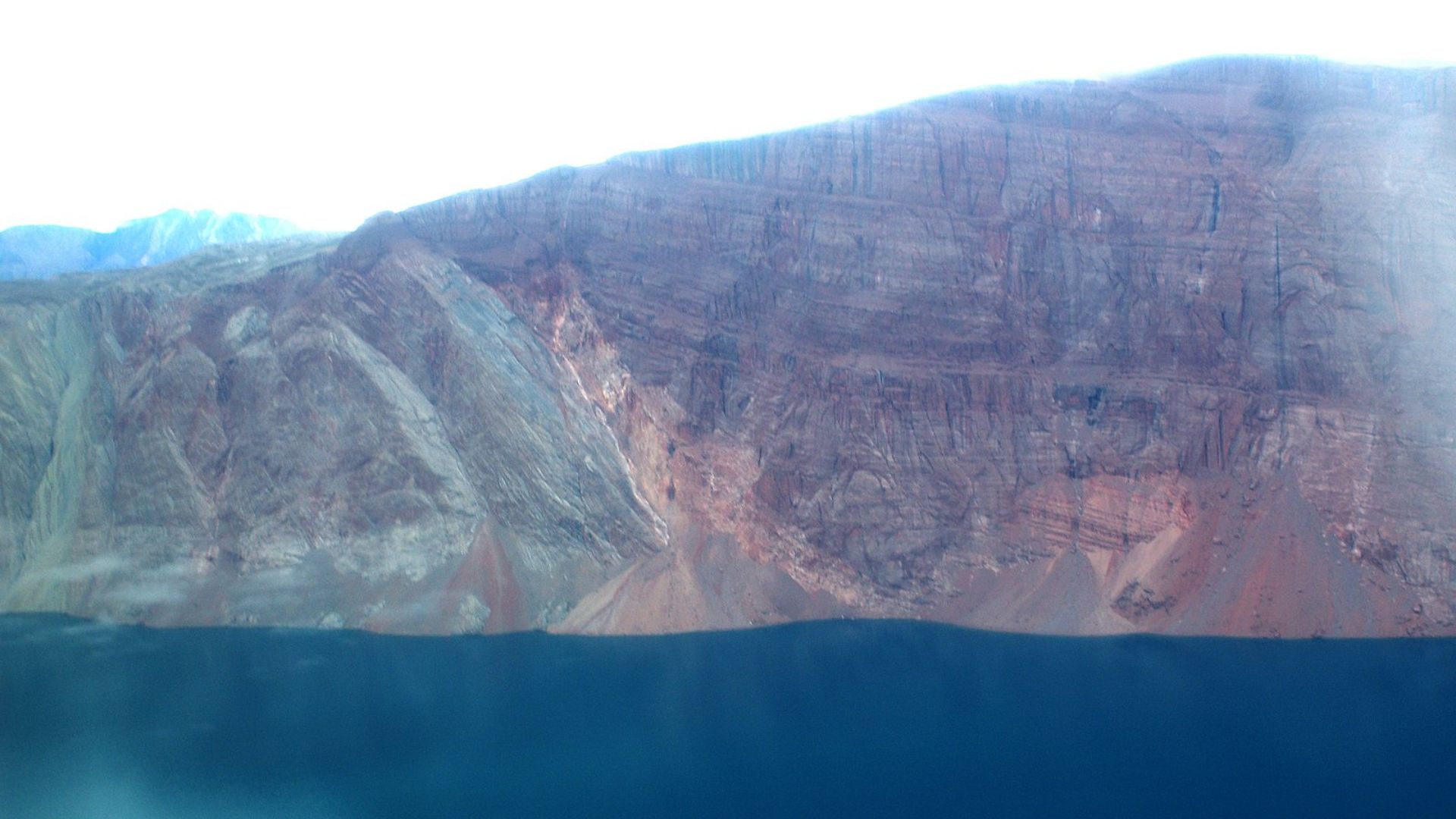
The massive wave resulted in the destruction of roughly $200,000 worth of infrastructure at an unoccupied research station on Ella Island.
Fortunately, no injuries were reported due to the absence of personnel at the time of the incident, preventing what could have been a disastrous situation involving human casualties.
Near Miss for Cruise Routes
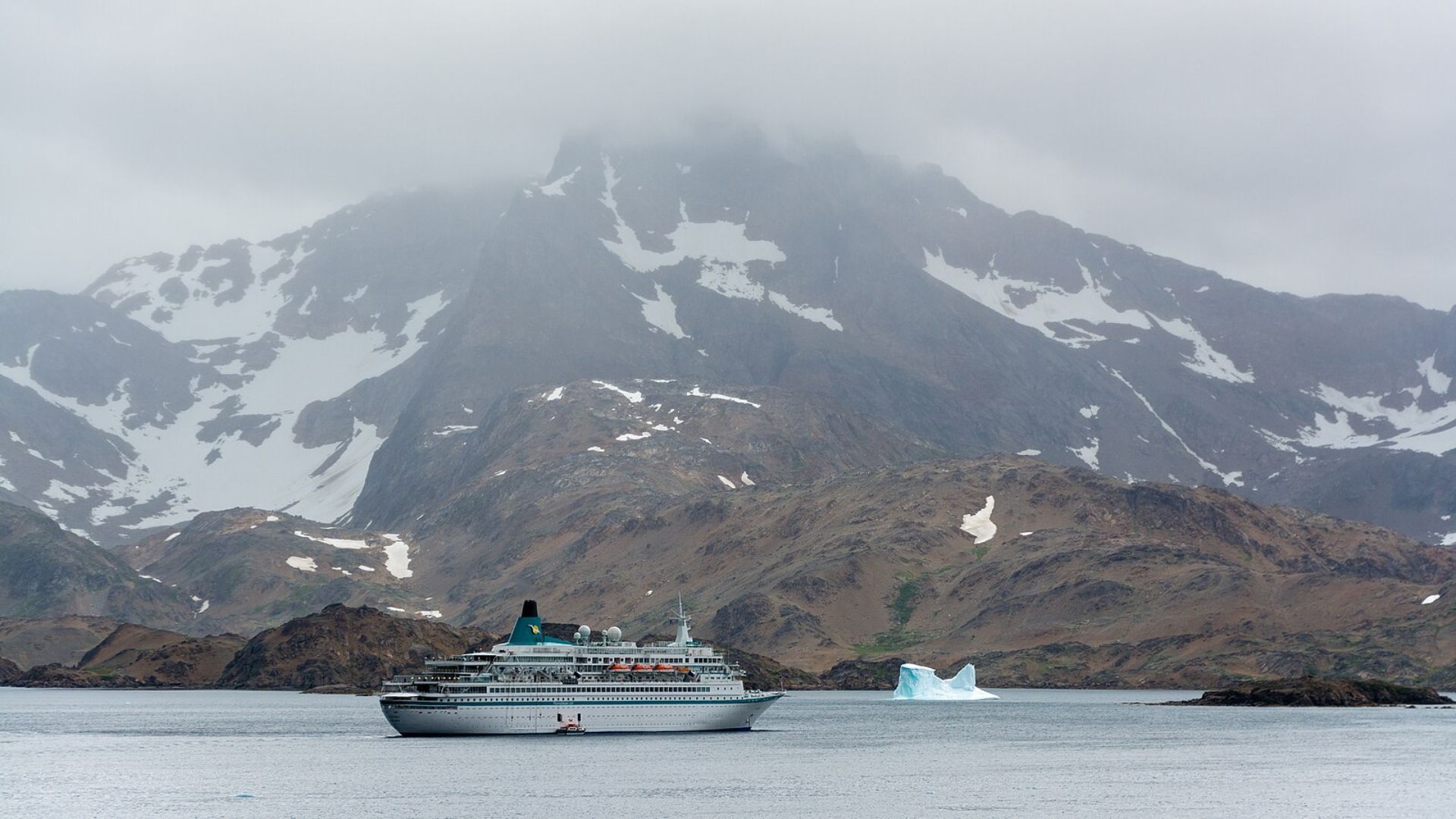
The events occurred near a route frequently traveled by cruise ships. The absence of any ships in the vicinity at the time likely averted a potential disaster.
This incident highlights the unpredictability and danger of natural disasters in heavily trafficked marine routes, emphasizing the importance of vigilant monitoring and timely communication.
Discovery of the Cause
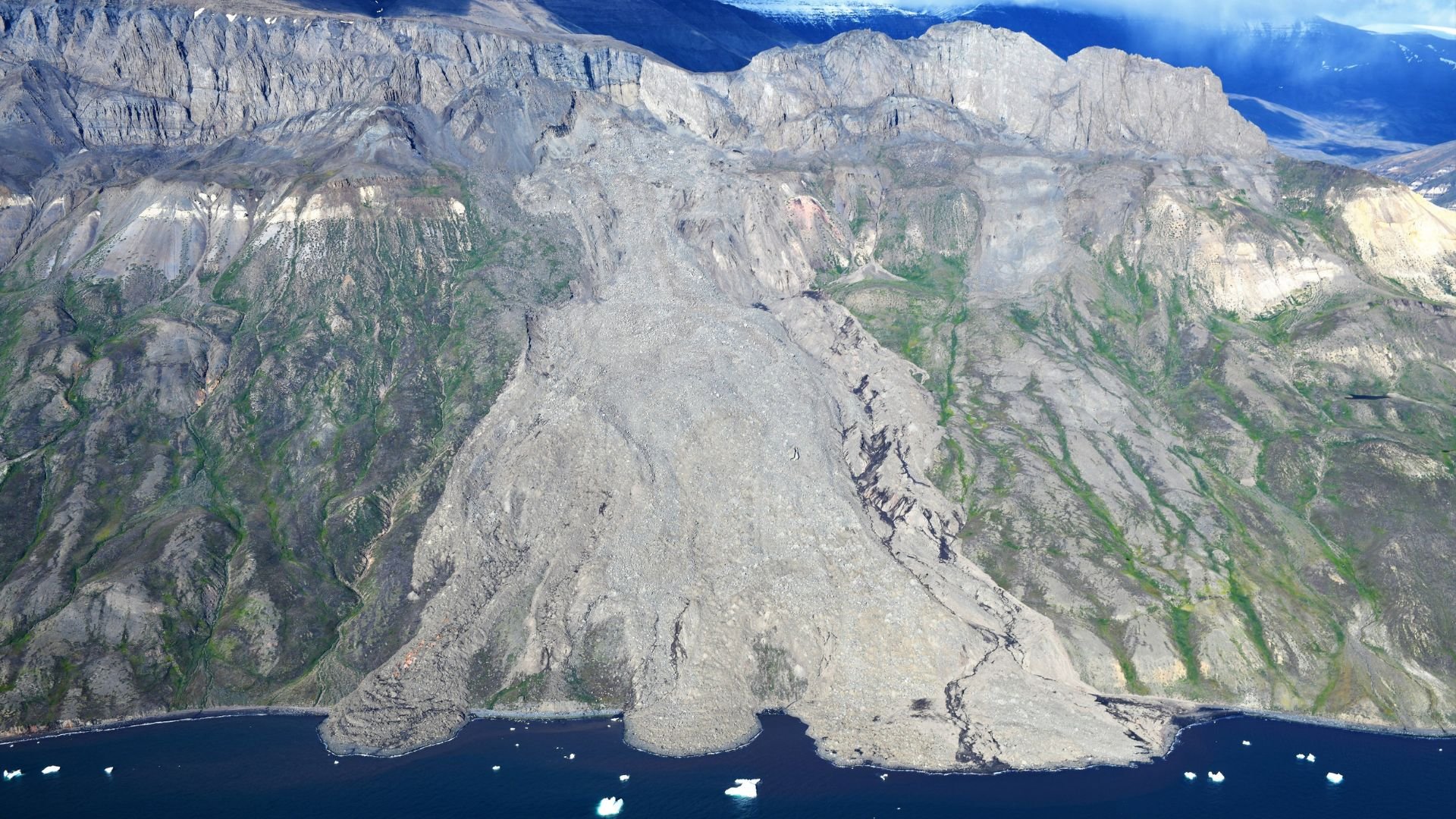
For days, the cause of the mysterious seismic activity that began in September 2023 was unknown.
It took the collaborative efforts of an international team of scientists to trace back the seismic activity to the landslide, solving the initial mystery that puzzled researchers globally.
Scientist’s Initial Confusion
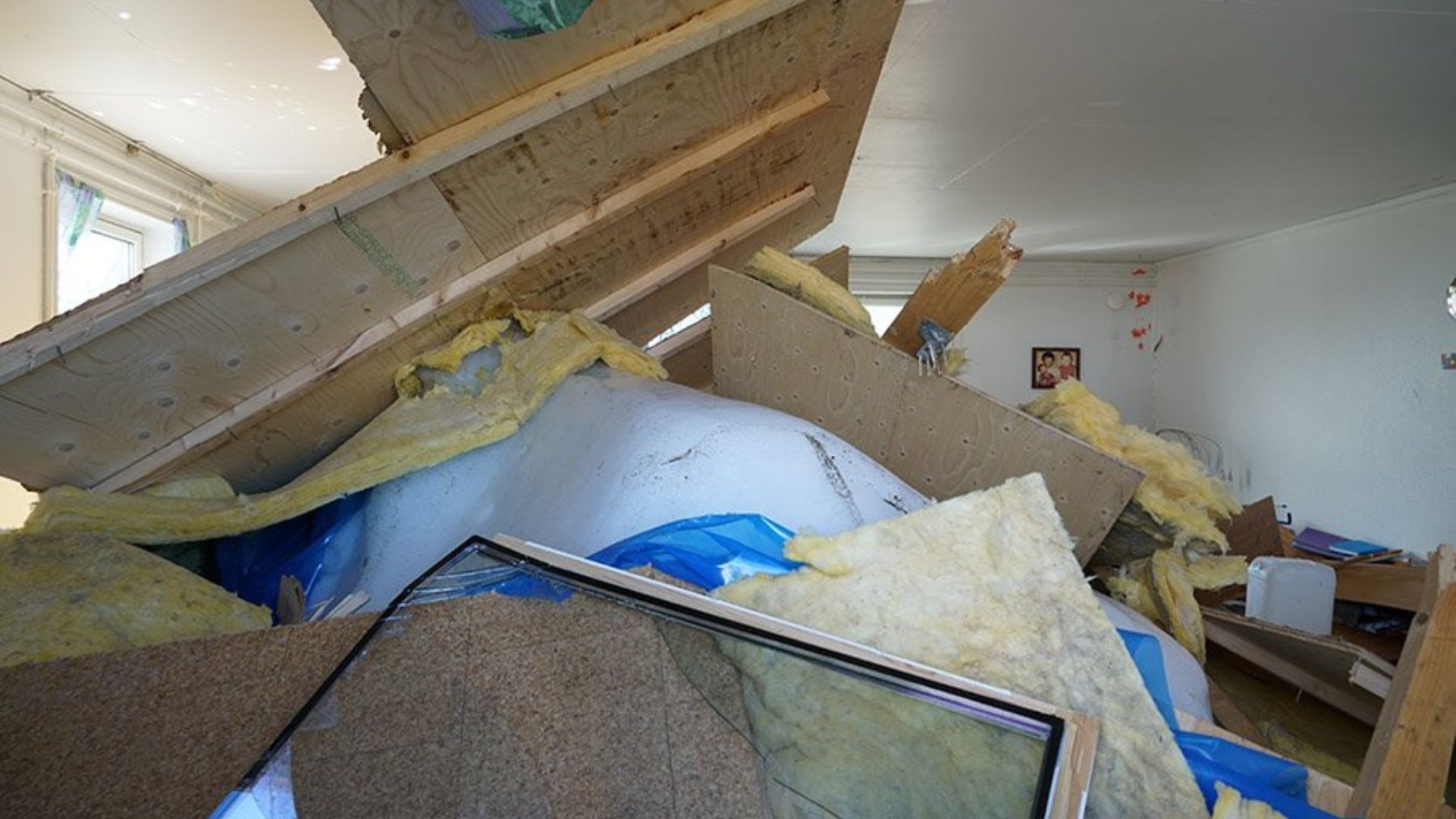
Kristian Svennevig, the lead author of the study and a geologist at the Geological Survey of Denmark and Greenland, expressed the initial confusion faced by the team.
He said, “When we set out on this scientific adventure, everybody was puzzled and no one had the faintest idea what caused this signal.”
Climate Change as a Trigger
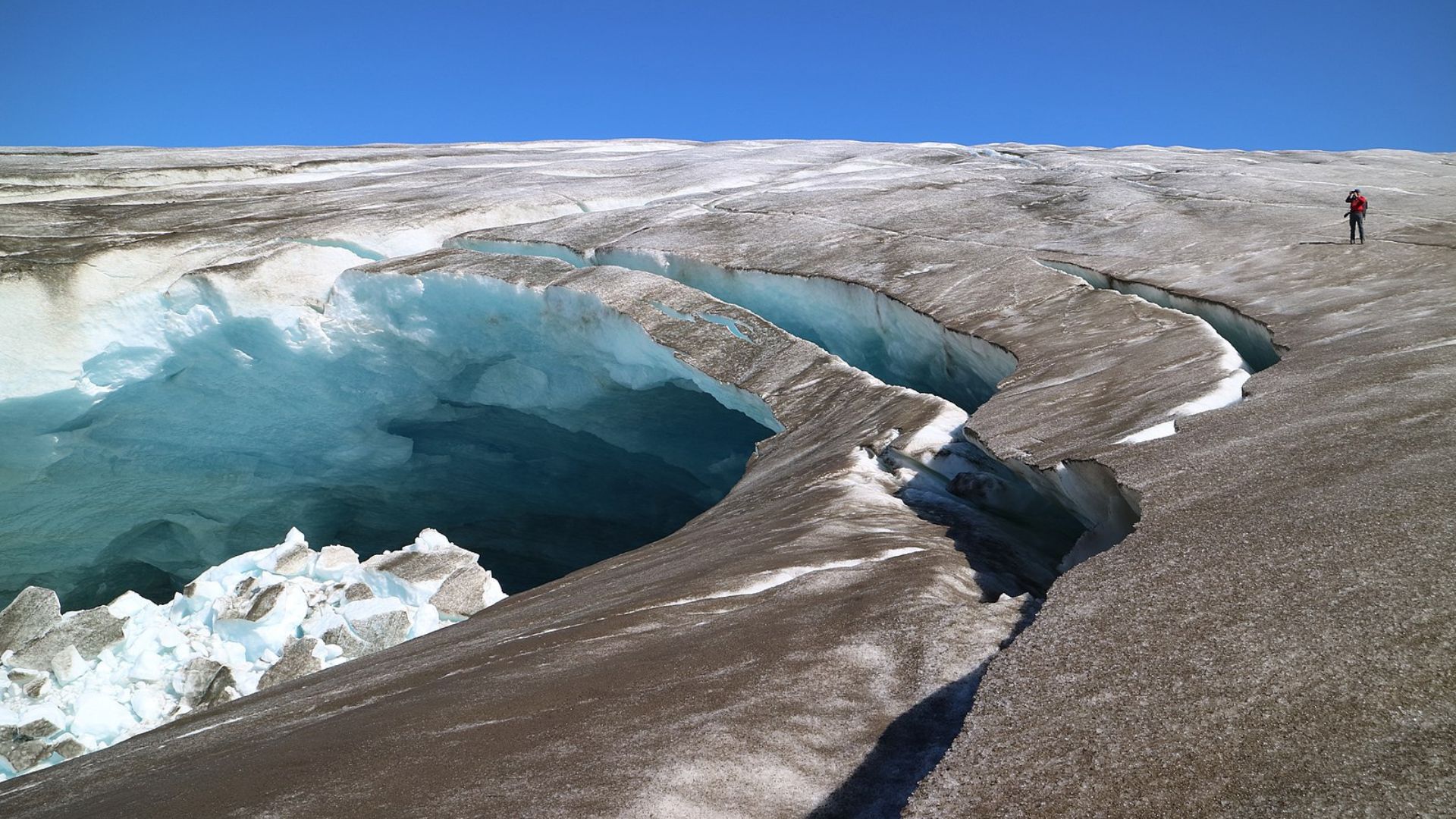
The research led by Svennevig suggests that climate change played a critical role in setting the stage for this disaster by melting a glacier at the mountain’s base, thus destabilizing it.
The loosened ice and rock were equivalent in volume to 10,000 Olympic swimming pools, highlighting the significant impact of environmental changes on geological stability.
Potential Increase in Landslide Events
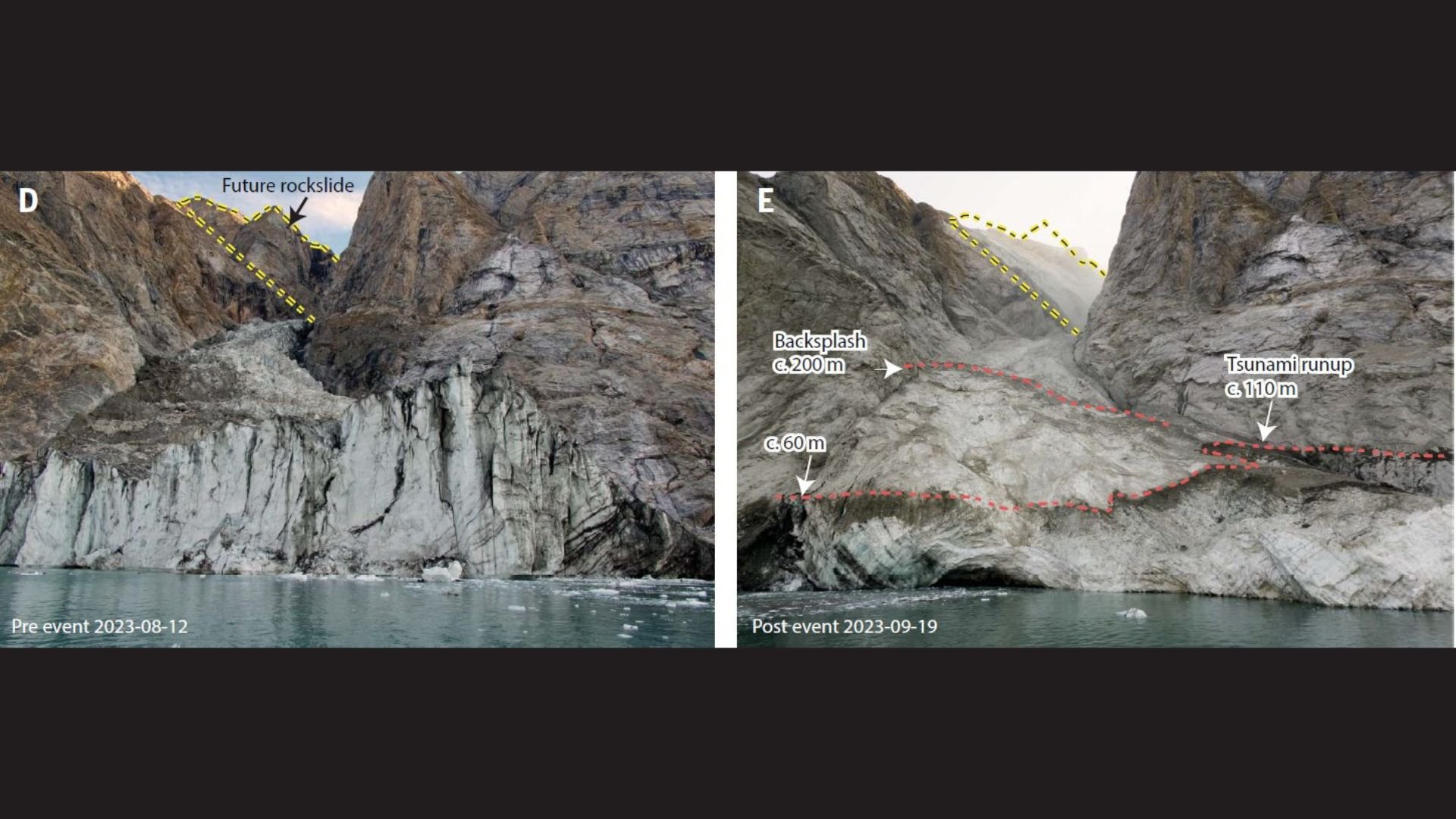
The findings suggest that such destructive landslides could become more frequent as global temperatures continue to rise, affecting the Earth’s polar regions.
This points to an urgent need for increased research and monitoring to better predict and mitigate these kinds of natural disasters.
Unusual Seismic Signals
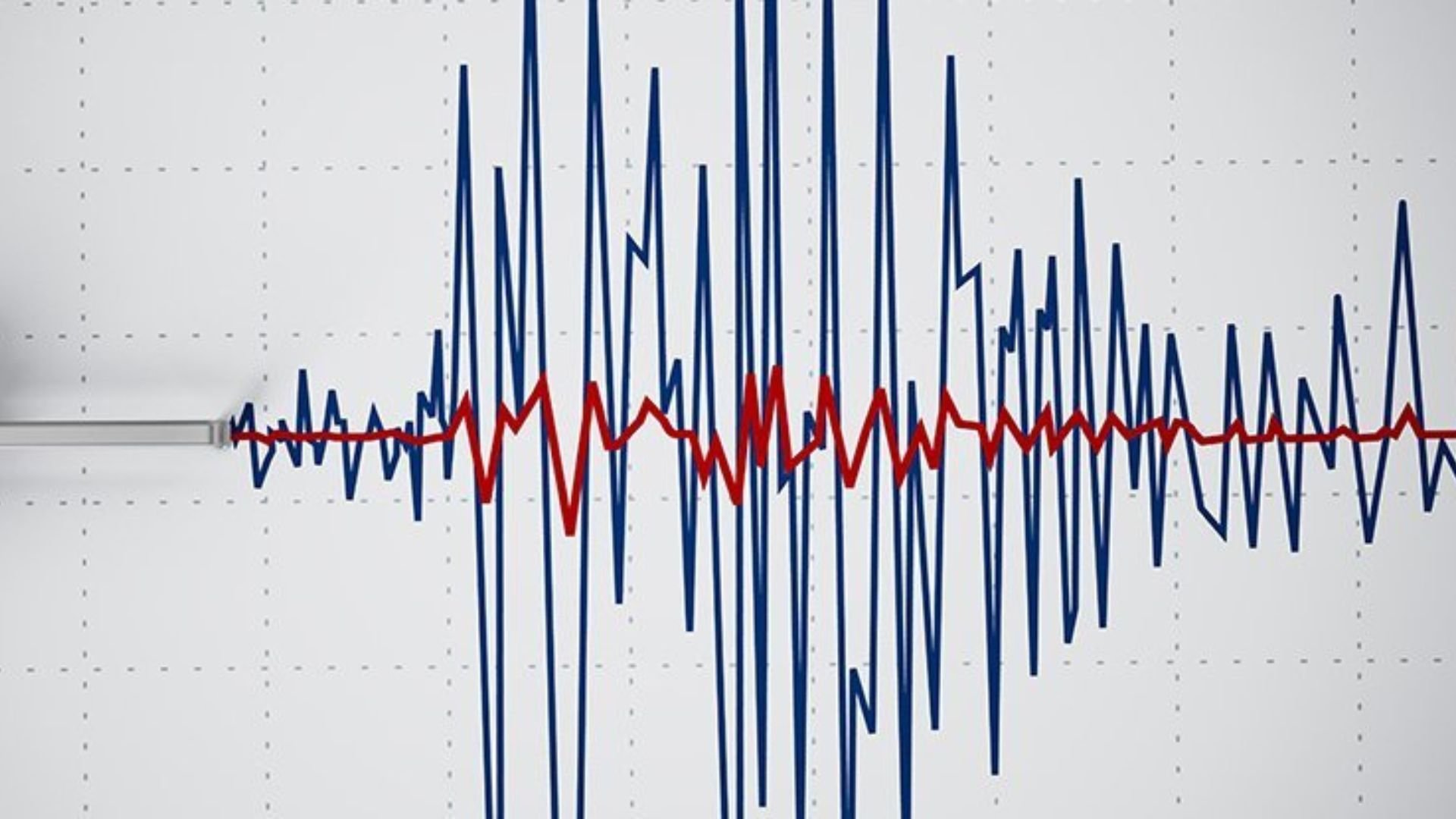
When seismic monitoring networks first detected the activity, the signals were unlike typical earthquakes.
The earthquake monitoring instruments recorded the event with a 92-second interval between peaks, much slower than usual, and the signal remained strong for an unprecedented nine days.
International Collaboration in Research

The Daily Mail reveals that reports of a massive landslide on a remote fjord in East Greenland on September 16, 2023, came to light through discussions online, which were crucial in correlating the observed seismic data with the actual event.
This demonstrated the value of global communication and collaboration in modern science.
Analyzing the Landslide Digitally
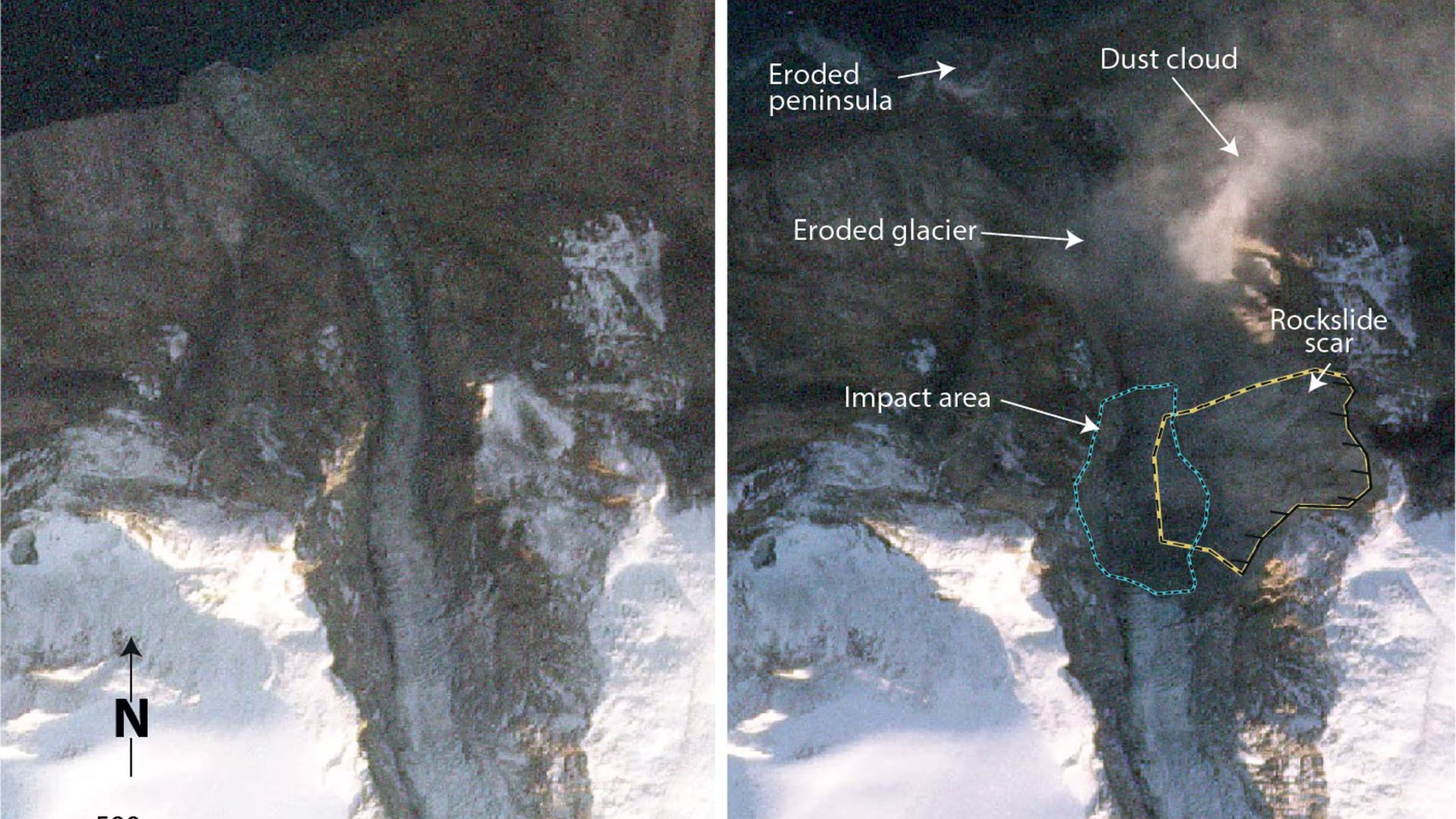
A team of researchers led by Svennevig employed a combination of seismic recordings from around the world, field measurements, satellite imagery, and computer simulations to digitally reconstruct the landslide and the resulting seismic activity.
This approach enhanced understanding of these complex geological processes.
Simulating the Tsunami
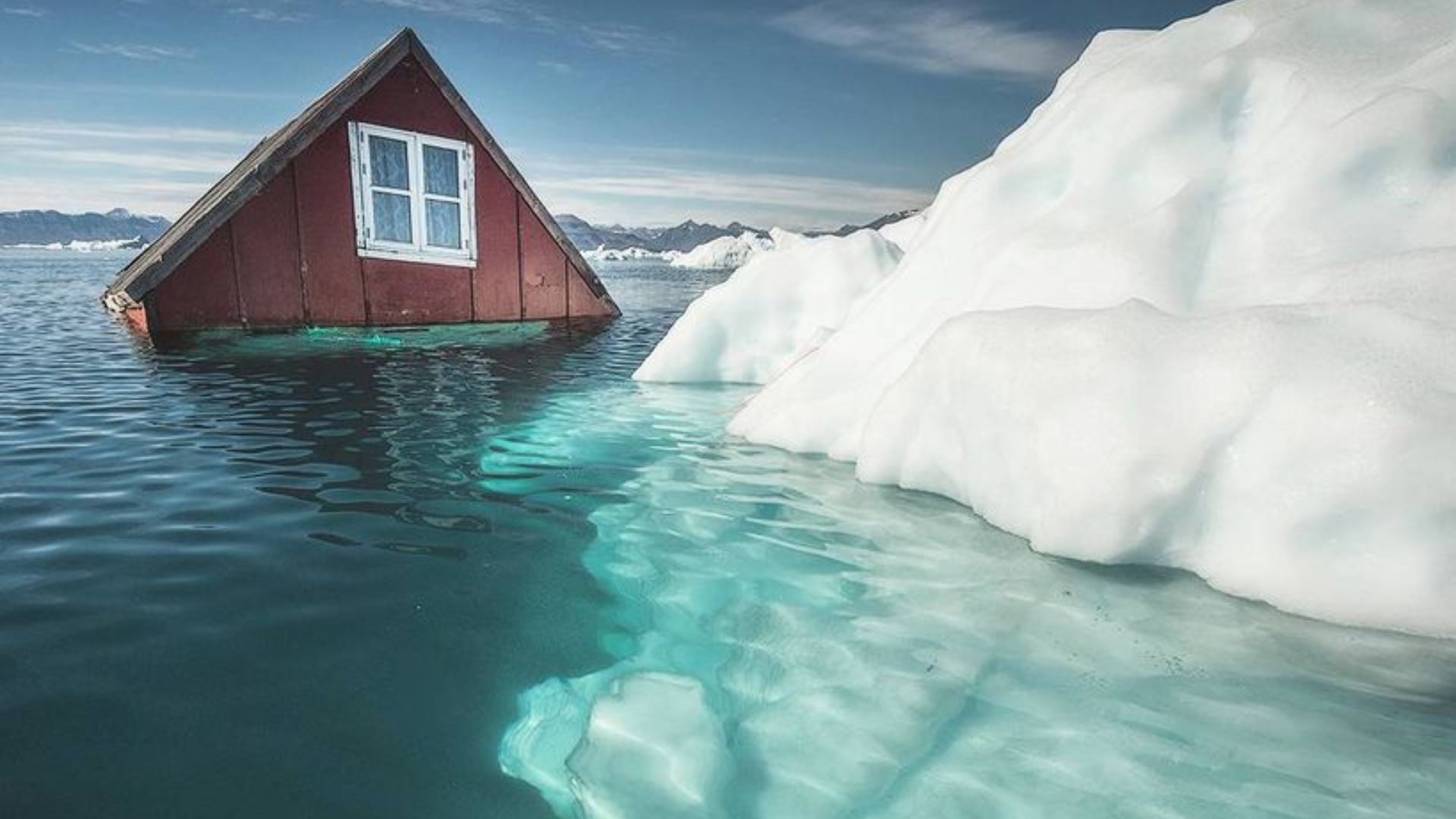
To better understand the dynamics of the ‘mega-tsunami,’ researchers used supercomputers to simulate the impact of 33 million cubic yards of rock and ice that crashed into the fjord.
Their studies revealed that the subsequent waves sloshed back and forth in a phenomenon known as seiche, which was responsible for the extended period of seismic activity.
Concluding Insights on Climate Impact

Robert Anthony, a co-author of the study from the United States Geological Survey’s Earthquake Hazards Program, emphasized the broader implications, saying, “Ultimately, it took a plethora of geophysical observations and numerical modeling from researchers across many countries to put the puzzle together and get a complete picture of what had occurred.”
The research illustrates the complex and cascading hazards that climate change poses to Earth’s polar regions.
